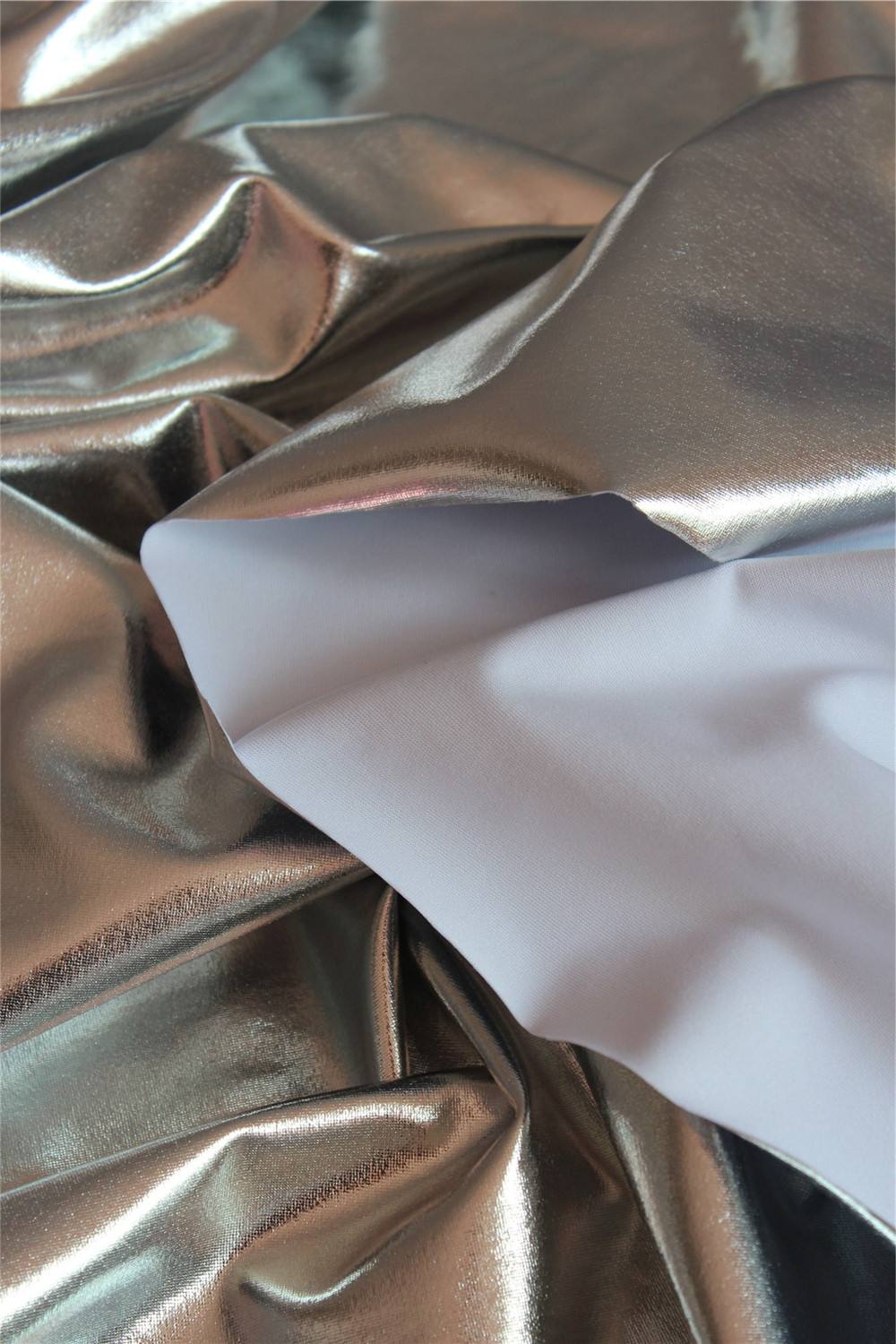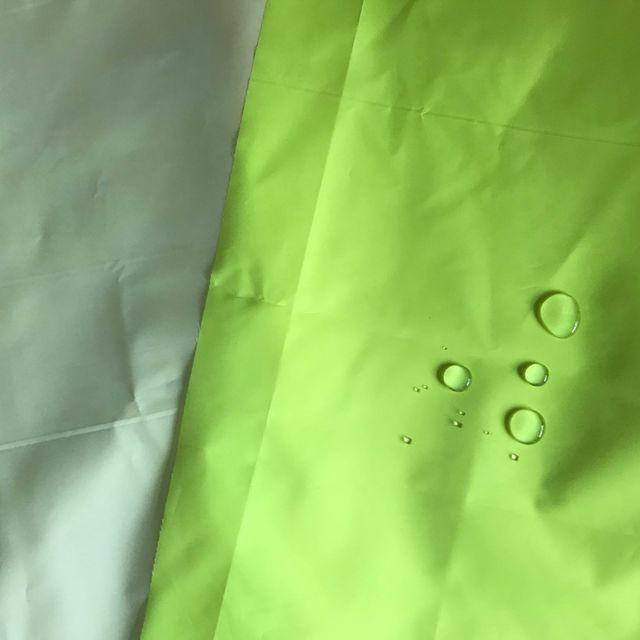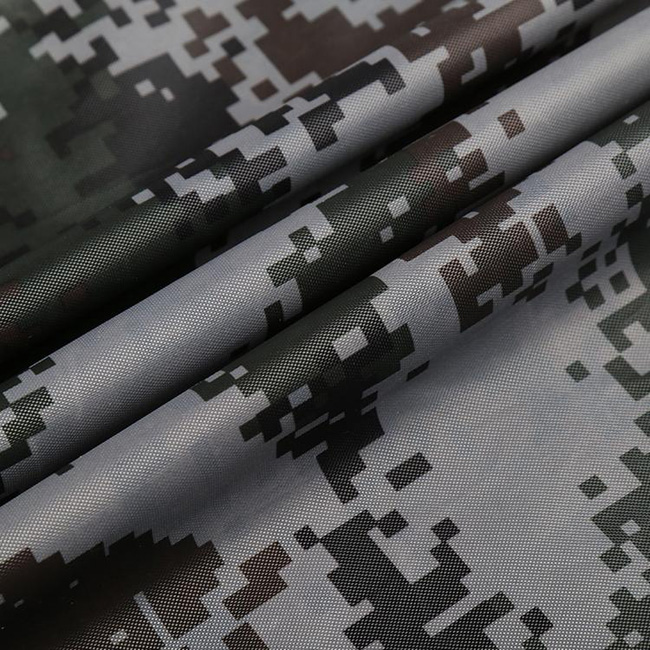Composite fabric The breathability and moisture permeability are too poor, causing strange problems. What is the reason?
1
What is composite fabric?
Composite fabric is a kind of composite fabric that uses microfiber in specific textile processing and unique dyeing and finishing, and then “composite” “Processed by equipment. Composite fabrics apply the high technology and new materials of “new synthetic fibers” and have many excellent properties (compared with ordinary synthetic fibers). For example, the fabrics are fine, clean, delicate, elegant, and warm, and the fabrics have a plump appearance, are windproof, and are breathable. It has a certain waterproof function, and its main features are warmth retention and good breathability.
Because the composite fabric uses microfibers, the fabric has a high cleaning ability, that is, stain removal ability. Another feature of this fabric is that it has good wear resistance. Microfiber fabrics feel soft, breathable, and moisture-permeable, so they have obvious advantages in terms of touch and physiological comfort. Microfiber fabrics have poor wrinkle resistance (this is This is because the fibers are soft and have poor elastic recovery after wrinkles); in order to overcome this shortcoming, a “composite” process is adopted, which greatly improves the shortcomings of poor wrinkle resistance of microfiber fabrics.
2
A brief introduction to the production of composite fabrics
Application of composite fabrics. Composite fabric is a new type of textile fabric, also known as waterproof and breathable fabric. This is because composite fabrics are made of polymer waterproof and breathable materials plus traditional fabrics. In terms of production technology, the technical requirements of waterproof and breathable fabrics are much higher than those of ordinary waterproof fabrics; at the same time, from a quality perspective, composite fabrics also have functional characteristics that other fabrics do not have.
Laminating raw materials
Ingredients of hot melt adhesive:
Chinese: Polyurethane reactive hot melt adhesive (PUR glue) English: Moisture curing polyurethane adhesive

Laminating content
Cloth laminating fabric:
(1) All kinds of knitting Cloth patches and various knitted fabrics.
(2) It can be applied to two pieces of thin knitted fabric or plain woven fabric.
(3) All kinds of plain woven fabrics fit all kinds of knitted fabrics.
(4) It can be applied to plain woven fabrics or knitted fabrics with greater elasticity to fit various knitted fabrics.
Cloth laminating film:
(1) Various plain woven fabrics and knitted fabrics or other various fabrics laminating TPU, PU, PTFE and other high, medium and low Transparent film.
(2) It has windproof, waterproof and breathable functions, soft hand feel and good viscosity.
(3) You can choose to use transparent, white and other color films for lamination processing.
Three-layer lamination:
(1) Laminate various films between various fabrics to make the finished product windproof, waterproof, breathable and warm.
(2) You can choose to use films with various moisture permeability, thickness and color for lamination processing.

3
Factors affecting breathability and moisture permeability
Composite fabrics The breathability and moisture permeability can be expressed as moisture resistance. When there is a water vapor concentration difference (or water vapor partial pressure difference) on both sides of the fabric, the resistance of moisture passing through the fabric is called the moisture resistance of the fabric.
Expressed by the following formula:
R=C/q
R—-fabric moisture resistance;
q– —-Air and moisture permeability speed (wet flow rate), kg/m2.s;
c—-Water vapor concentration difference, kg/m3.
Stable diffusion state Below, the greater the moisture resistance, the smaller the moisture permeability or moisture permeability speed.
Influencing factors
1. Temperature and humidity conditions of the fiber
Under the same conditions of the fabric structure (including the volume proportion of the fabric in the fiber), Fiber type has little impact on fabric resistance. Hollis’ comparative experiments on hydrophilic-treated polyester fabrics and untreated polyester fabrics also showed that under low-humidity conditions, the transmission of water vapor is related to the type of fiber in the fabric. The relationship is not obvious. Only under high temperature conditions, the moisture permeability of polyester fabrics treated with hydrophilicity is significantly better than that of polyester fabrics without hydrophilic treatment.
In fact, under low humidity conditions, because the fiber itself absorbs less moisture and the diffusion coefficient of air is much larger than that of the fiber, water vapor diffuses through the pores between the fabrics to the side with lower water vapor pressure, indicating that water vapor is on the side with lower water vapor pressure. Transfer in fabrics has little to do with fiber type. At this time, the thickness and porosity of the fabric or the fabric structure are the main factors that determine the moisture permeability of the fabric.
On the other hand, the moisture absorption of fiberboard is also related to temperature.
In the process of moisture absorption, a certain amount of heat must be released after the fiber absorbs moisture, so that the temperature of the fiber aggregate increases, and the partial pressure of water vapor inside the fiber increases, reducing the amount of moisture inside the fiber and the outside. The concentration gradient slows down the moisture absorption rate and diffusion moisture vapor transmission rate of the fiber.
The diffusion coefficient of fiber will increase exponentially with the increase of temperature. This increase is more obvious when absorbing moisture. Therefore, the increase of temperature and humidity will enhance the moisture transmission ability of the fiber in the fabric. Judging from the speed of moisture absorption or moisture release, it generally starts quickly, gradually slows down as moisture absorption or moisture release increases, and finally reaches moisture absorption balance. However, the time required to reach equilibrium is related to the moisture absorption capacity of the fiber itself and the tightness of the fiber aggregate; in addition, the thermal conductivity of the fiber will increase after moisture absorption, and the moisture absorption conductivity of the fiber itself will increase.The moisture permeability effect of � is very complex, and there is currently no perfect theory to describe it quantitatively.
2. Fabric thickness and coverage coefficient
The thickness of the fabric is similar to its moisture resistance. Generally, the thicker the fabric, the greater the moisture resistance of the fabric.
This is because the thicker the fabric, the longer the path water vapor takes through the pores between the fabrics. In addition, changes in fabric porosity have a significant impact on fabric moisture resistance.
3. Fiber type and filling rate
In the case of high humidity or tight fabric structure, water vapor is no longer just transferred through the pores in the fabric but by the fibers themselves. At this time, the type of fiber becomes an important factor affecting the fabric transfer.
On the one hand, the fiber itself absorbs moisture and swells, making the fabric tighter, weakening the air permeability of the fabric, and reducing the moisture transfer effect relying on pore diffusion; on the other hand, compared with the cross-sectional area of the fabric, the surface area of the fiberboard is A quantity of considerable magnitude. When the moisture absorption capacity of the fiber is large, the diffusion of moisture through the fiber surface, that is, the wicking effect produced by the capillary tubes, is strengthened and becomes the main aspect of fabric moisture transmission. The reduction of fabric porosity causing the reduction of diffusion moisture permeability becomes a secondary contradiction.
Therefore, as long as the fiber moisture regain in the fabric reaches a certain level, although the reduction of pores reduces the amount of moisture transfer from the air medium in the fabric, the moisture transfer of the fiber itself increases substantially for several days, and the moisture resistance It is still possible to reduce it.
Whether it is the moisture transfer by the fiber itself or the wicking moisture transfer generated by the capillary, it is closely related to the hydrophilicity of the fiber and the surface properties of the fiber. The test results show that under the same tightness conditions, the relationship between the moisture resistance of different types of fibers and the tightness of the fabric. Obviously, under the condition of low tightness, there is little difference in the moisture resistance of various fiber fabrics. When the density factor reaches 0.4 or higher than 0.4, the fiber surface is not smooth, the fiber cross-section is irregular, and the fibers with good hygroscopicity, such as For cotton and wool, as the fiber aggregate filling rate increases, the fabric moisture resistance increases slightly, and the linear relationship between the fabric moisture resistance and the filling rate is good.

But for chemical fibers such as nylon, chlorine, and glass fiber, when the filling rate is large (the porosity is small , larger capacity), if the filling rate is greater than 39% or the porosity is less than 61%, and the fabric bulk density is greater than 0.98g/cm3 (for glass fiber fabrics), the moisture resistance will increase with the increase of bulk density and filling rate (or porosity). decrease) surface rises sharply. The moisture resistance of fiber fabrics such as cotton and wool with good hygroscopicity is significantly lower than that of non-hygroscopic fiber fabrics. In other words, the impact of fiber hydrophilicity on fabric moisture transfer is determined by the tightness of the fabric.
Therefore, for fabrics with a loose structure and high porosity, when the relative humidity of the air is low, regardless of whether the fibers absorb moisture, the moisture can diffuse through the gaps between fibers and yarns. Mainly; and to a small extent affected by the fiber type, when the relative air humidity is high, the fibers with good hygroscopicity are woven into a tight fabric. After the fibers absorb moisture and expand, the gaps between the fibers are reduced, and the diffusion is permeable. The proportion of moisture decreases, the proportion of capillary moisture permeability in the fiber increases, and capillary moisture permeability becomes the main factor.
4. Fabric finishing
Fabric finishing such as coating or impregnation will increase the moisture resistance of the fabric. Because it increases the path of water vapor through the fabric or blocks the gaps in the fabric. However, hydrophilic finishing will increase the moisture permeability of the fabric. Water-repellent finishing generally does not affect the moisture permeability of fabrics.
5. Other factors
Generally, the transmission speed of liquid water in fabrics is greater than the evaporation rate of the liquid surface. There are small gaps and holes on the inside of the fabric, making it easy for it to condense into liquid water and transport it outward. A differential capillary effect is formed, and there are large gaps and holes on the outside, making it easy to meet evaporation conditions and conducive to moisture dissipation. The evaporation capacity of liquid water on the surface of the fabric is not closely related to the fabric thickness, porosity, etc., but is closely related to the uneven shape of the fabric surface, especially the size and depth of the surface pits. In general, the larger the pit opening area, The larger the radius of curvature, the higher the evaporation efficiency. The details of the pits, wind speed, temperature differences, etc. also have obvious effects.




